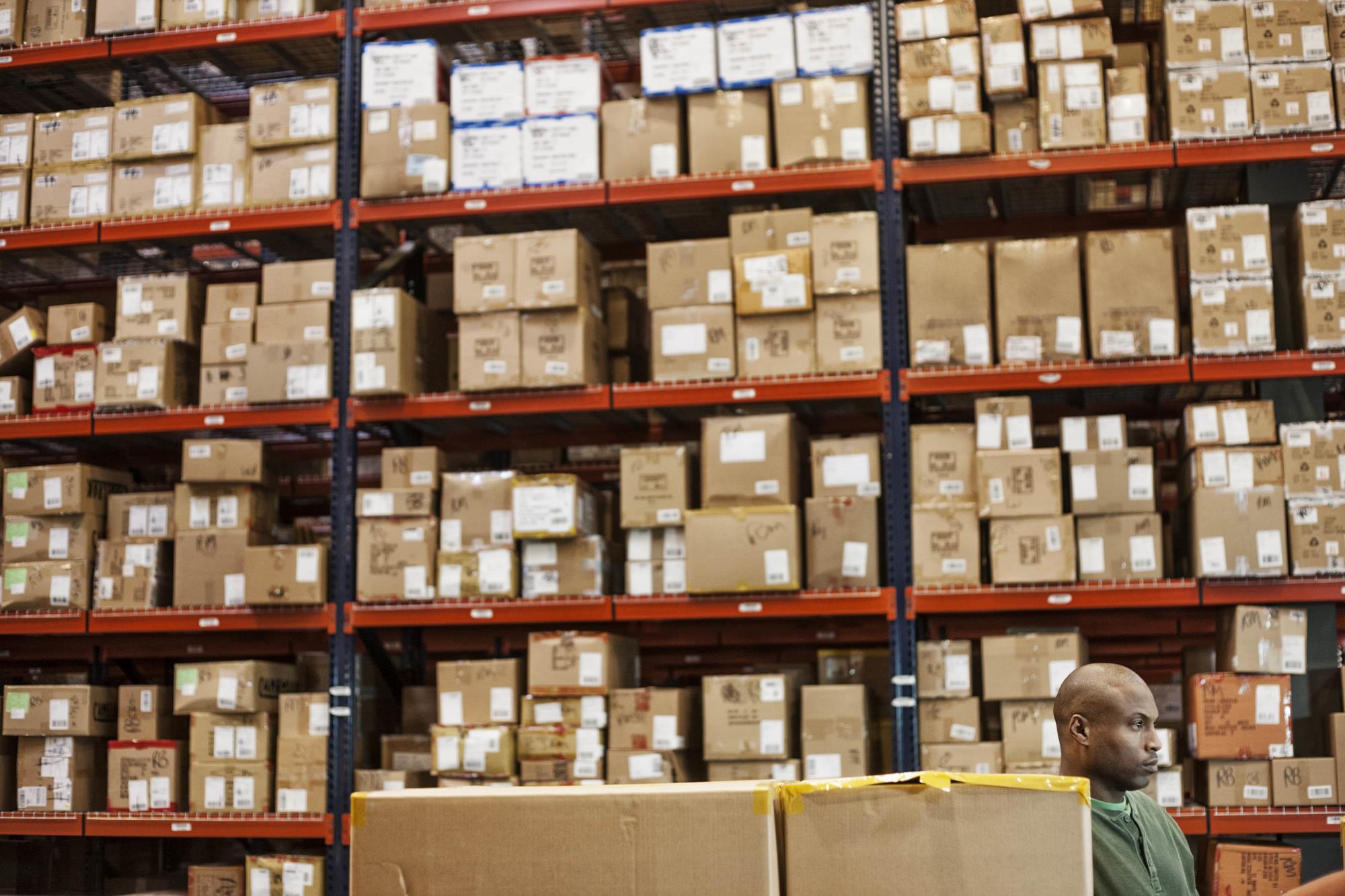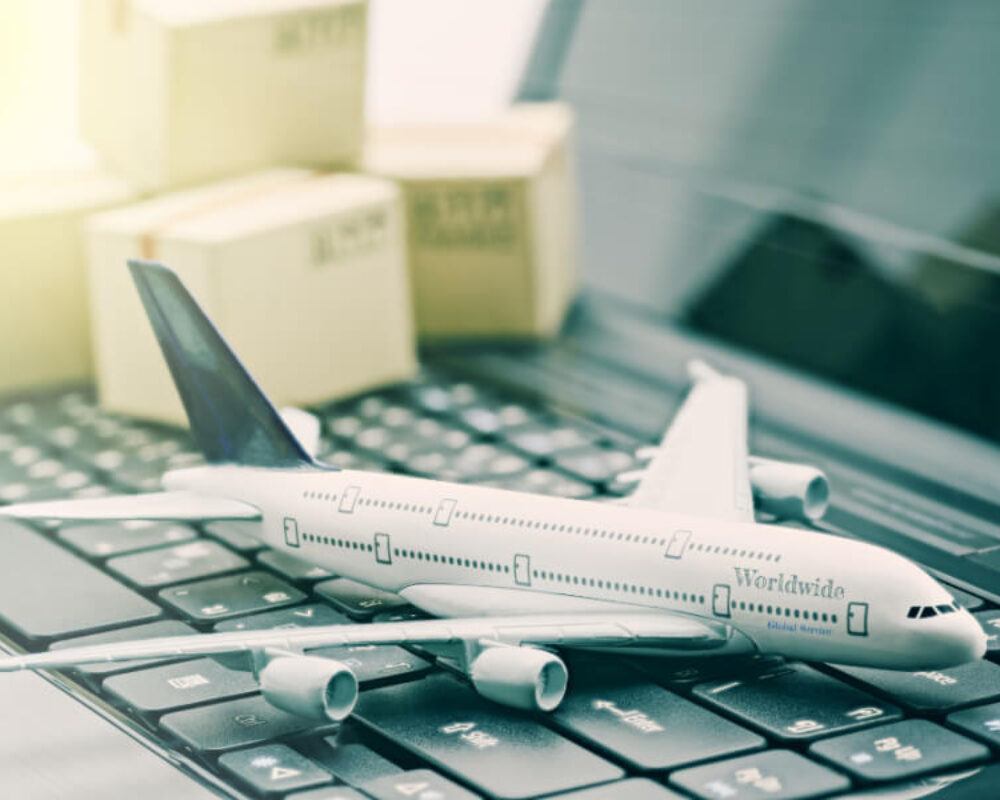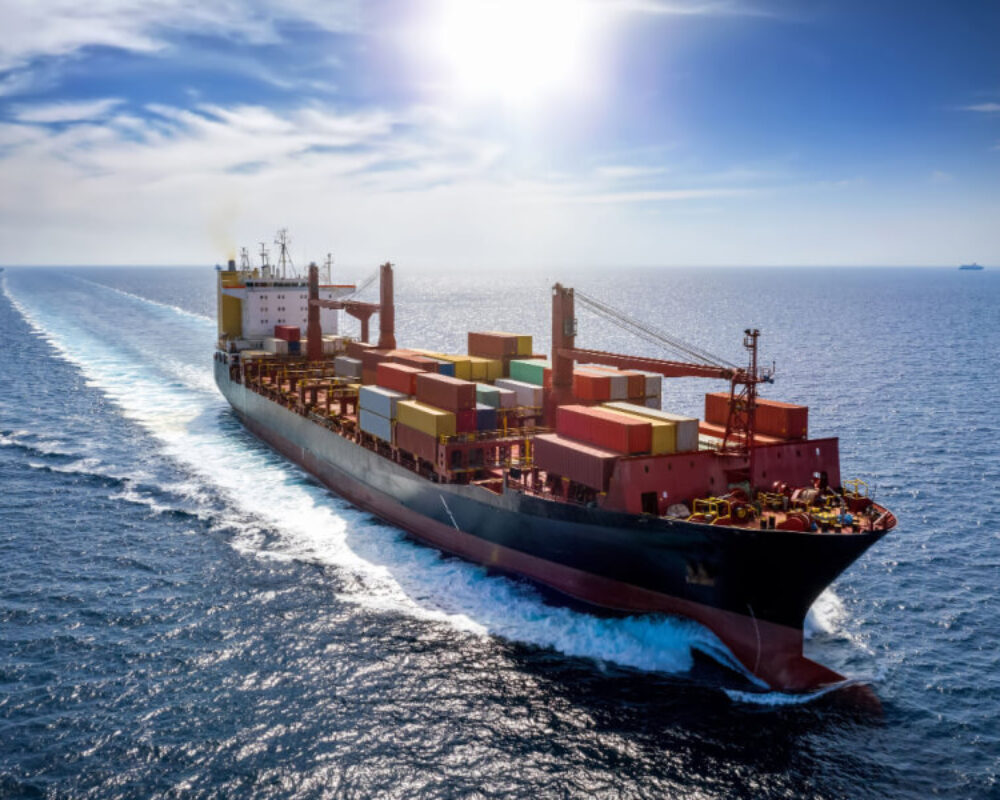We are all likely to remember the 2021 obstruction of the Suez Canal that made headlines worldwide. Even those who didn’t know of the world-famous shipping route quickly became impacted due to delays to various supply chains. This is just one of many events that have showcased the importance of this vital shipping route in maintaining supply worldwide and facilitating international trade.
Whether you are looking to expedite a fashion delivery, build connections with international suppliers or limit air freight, considering sea shipping options is important. The importance of the Panama and Suez Canal is not in dispute. However, in this article, we will dive deep into the impact of this stretch of water on international trade.
Overview of the Panama and Suez Canal
The Panama and Suez Canals are a combination of two man-made waterways that were created as a method to eliminate logistics journeys. The Panama Canal links the Atlantic Ocean and the Caribbean Sea to the Pacific Ocean, while the Suez Canal connects the Red Sea to the Mediterranean Sea.
The Suez Canal stretches 120 miles between the Red Sea and the Mediterranean. The direct route means that items can be transported in less time compared to alternative sea travel and land-based options. Offering a way for companies to navigate international shipments, the waterway can cut journeys by as much as 42%. Although the modern version of the canal is often referred to, the stretch of water has some impressive history. In fact, early versions of the canal as it stands today can be dated back to 1850 B.C., when Egyptian residents connected the Red Sea and the Nile. This would have provided not even a fraction of the trade that used the water stretch today but represents an easy solution to logistic issues. Fast forward to the modern day, the Panama and Suez Canal is said to facilitate more than 1 billion tons of freight each year. Around 19,000 ships travel through the canal yearly, which only increases further as global logistics develop. Although many suppliers with the task of reaching the U.K. use the waterways, interestingly enough, the U.K. government was one of the main opponents to its development in 1854. With concerns about suitability and stakeholder management firmly in the past, the canal remains one of the busiest shipping routes in the world.
The Panama Canal brings together North and South America via a 82 km stretch of water made famous Considered as one of the Seven Wonders of the Modern World, the canal represents an engineering feat in which a small area was turned into a highly efficient water passageway. The canal was only completed in 2020 but has already made a big impact on international shipping. Operating 24 hours a day, the passage sees around 14,000 vessels pass through each year during the journey which only takes around 8 to 10 hours.
What Responsibility Does the Panama and Suez Canal Have For International Trade?
The Panama and Suez Canals impact international trade in several ways. They have also helped make the cost of sea freight more competitive. This is ideal for companies of all sizes, but particularly small businesses, who are looking for ways to thrive during tough financial times.
Some of the impacts that the canals have had on international trade are as follows:
Reduction in Carbon Footprint
The canals improve the logistics options for companies, meaning that air and land travel can be reduced. Even though freight ships still contribute to the overall impact of CO2 emissions worldwide, they offer a much lesser impact than alternative logistics methods. Furthermore, larger amounts of products and items can be transported via sea, which means fewer journeys are being carried out. It is thought that the Suez Canal alone has reduced carbon emissions by 40% compared to other logistics methods.
Quicker Logistics Fulfillment
Even though sea freights take longer than other logistics methods, the cost-saving benefits often drive companies to use them. The Panama and Suez Canal greatly reduced shipping times between the East coast of the USA to the West coast of the USA and from Australasia, The Far East and the Middle East with Europe by cutting out timely alternative routes.
It only takes between 12 and 16 hours for a vessel to travel the Suez Canal and 8 and 10 hours for a journey through the Panama Canal. When compared with different shipping routes, the results are astounding. The Suez Canal saves between 7 and 10 days of shipping time and the Panama Canal by 5 months (or 8000 miles). With 12% of the world’s global trade passing through the Suez alone, it is clear to see how vastly this can impact international trade. Whether shipping is needed for personal possessions or company products, it’s simple to see the vast impact the shipping routes have had on international trade across all sectors.
Lessened Costs For Shipping Companies
The final impact that the canals have had on international trade comes in the form of financials. Sea freight is between 4 to 6 times cheaper than air or land travel, saving companies a pretty penny. Furthermore, as larger quantities can be shipped, companies can benefit from reducing the overall number of shipments, which means spending out on fewer occasions. As many manufacturing companies are based along the shipping routes for both the Panama and Suez canals, international traders can benefit from lower-cost products. Finally, the increased number of shipping freights accommodated by the Panama and Suez Canals means the logistics industry has grown.
Are There Any Negative Impacts on Trades Caused By The Suez and Panama Canals?
Even though these shipping routes have many advantages, as covered in the previous section, companies’ reliance on the waterways can have some potential negative impacts.
As we have covered, a blockage in 2020 caused a 6-day delivery in the Suez canal. This means that delays hit industries from construction to fashion to order fulfillment. Whilst the routes are typically reliable, the issue lies in the fact that this is the only shipping method available for both budget and demand purposes for many businesses. One delay in either canal can lead to a financial impact on international trade that can take longer than the hold-up to rectify.
Both Africa and South America, the origination points for the canals, are also subject to natural climate issues that impact trade. Most recently, a drought in Panama has meant fewer ships were allowed through at any time. With a difference in delivery times being months, the only option available is to take the hit on timeframes. Of course, additional impacts on sea shipping can also be experienced by natural causes such as bad weather.
However, despite these risks being something that all companies must consider when choosing seat shipping, we think you will agree that the positives far outweigh the negative impacts.
Why Is Sea Freight an Effective Logistics Technique?
Aside from the benefits that both the Panama and Suez Canals offer, sea shipping as a service also has plenty of other advantages which make it a trusted method of getting items from A-B. These include the following:
- The method is often the only way of transporting heavy and oversized vehicles, such as cars or construction equipment.
- Cargo ships are also the safest way of carrying hazardous materials, as transporting via other logistics methods can be a disaster waiting to happen. Specific shipping containers are created to transport dangerous items to eliminate the chance of cross-contamination or accidents from occurring.
- Sea shipping is one of the most reliable methods of transporting items for internal trade. Although sea freight may have longer transit times than air freight, it is often more predictable and stable as issues are fewer than other methods.
- Finally, sea freight has the power to benefit from global reach, offering a way to facilitate international trade directly. This enables the transportation of goods between continents and facilitates all forms of trade that may otherwise be too costly or timely to invest.
When considering each of these factors, aspects such as transit time, cargo volume, and destination selection should all be taken into account when evaluating the suitability of sea freight. To understand more about how sea freight offers benefits for companies, click the link to view our guide to different sea freight services
Will Sea Freight Remain an Important Logistics Strategy in 2024 and Beyond?
One of the main logistics trends for 2024 that we think will continue to increase in popularity is sea freight shipping. With companies worldwide looking for ways to operate more economically after a few years of economic uncertainty, transporting items offers many compelling advantages for companies to make the most of. Additionally, as international trade evolves and matures, we think this shipping method will become one of the preferred options for enabling people from anywhere to work together.
At Radius, we work tirelessly to navigate any global shipping issues that may arise by keeping our fingers on the pulse of global events. As a result, we have established sea freight services that are speedy and efficient. We are also experienced in many forms of sea shipping, from producing documentation to offering large-scale logistics management. This means our clients can rely on our services to get items where they need to be. Finally, we also make it simple for our customers to use sea freight services. The process can be overwhelming with customers often having a responsibility to understand exporter records and roles. Our services eliminate the stress to ensure that logistics are simple for everyone. Whether you have items to transport that will use the Panama and Suez Canal or products from other locations, contact us for a quote today.



